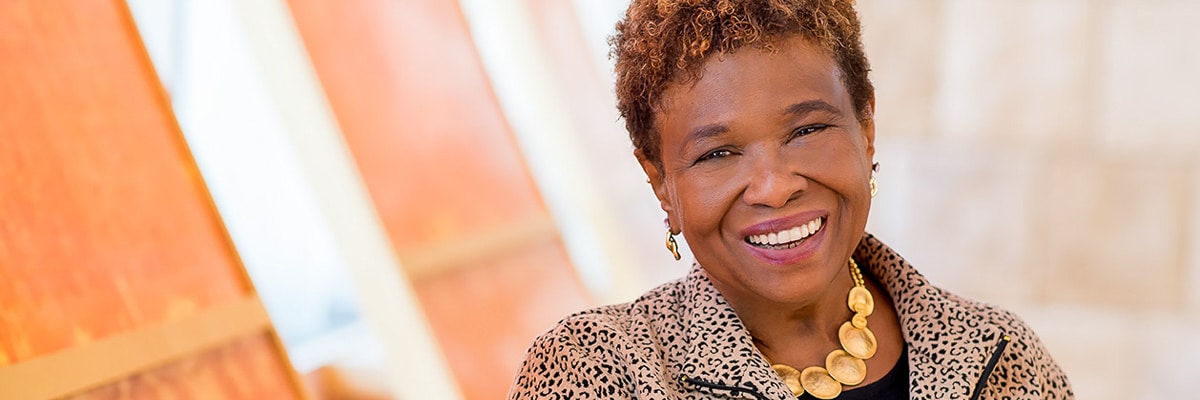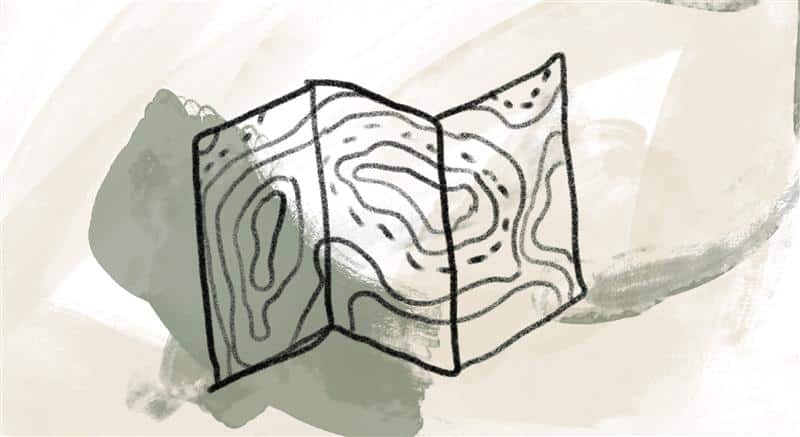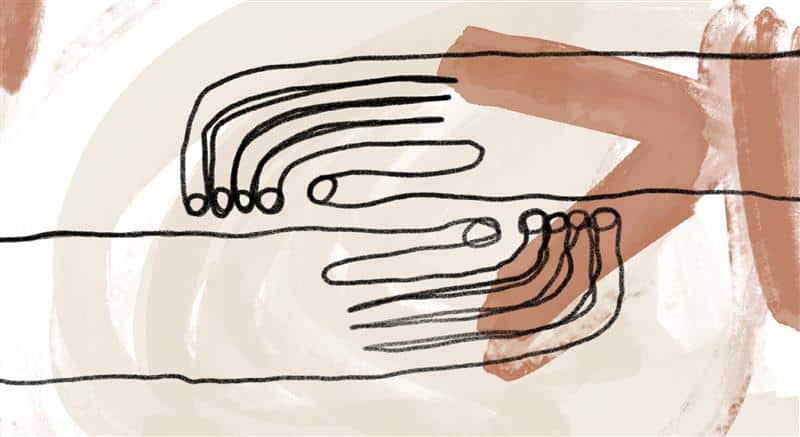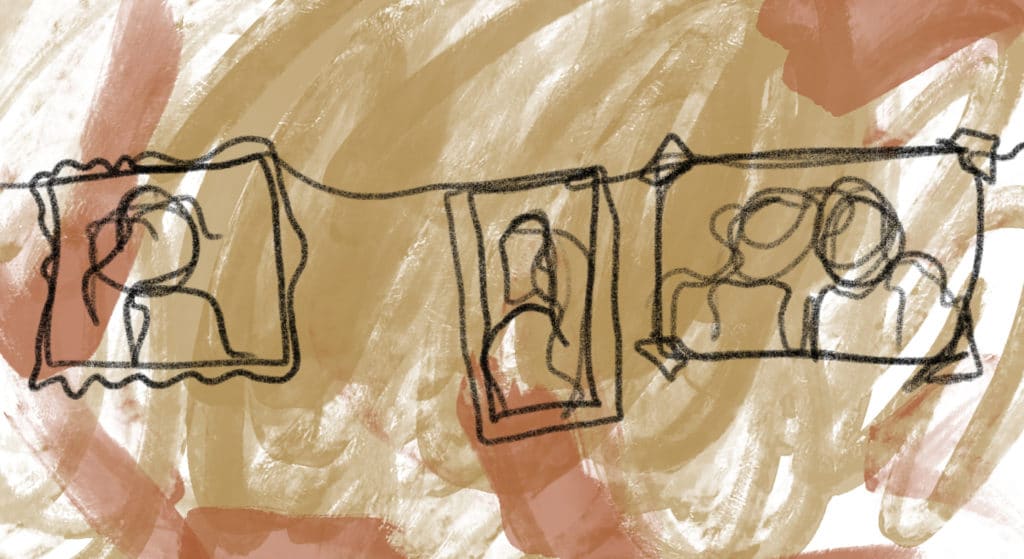
In her book Race and the Cosmos, Dr. Barbara Holmes expands the quest for justice and liberation to a cosmic level.
The languages of physics and cosmology offer powerful analogies that reveal our cosmic and spiritual identities and empower our collective creativity. One thing is certain: Although we cannot reason our way out of this quandary, we can allow the universe to reveal its secrets through us. We can contemplate and consider together. We can expand our spiritual and cosmic vocabulary and allow the mysteries of life to permeate every cell. We have waited long enough. It’s time to take the transcendent leap forward in hopes of personal and communal healing as well as a shared cosmic future. [1]
Holmes continues:
Any community that we construct on Earth will be only a small model of a universe whose community includes billions of stars and planetary systems. Are we alone? We don’t know, but if we don’t know how to become a community with our own species, how shall we find harmony with other life forms in the cosmos? Our ideas of community begin with fragmentation, difference, and disparity seeking wholeness.
Our beloved community is an attempt to hot-glue disparate cultures, language, and ethnic origins into one mutually committed whole. The universe tells a completely different story—that everything is enfolded into everything….
Even though the languages of the new physics and cosmology discard mechanistic understandings of the universe in favor of potential, we love order. We see it where it doesn’t exist and impose it through our narratives. Everything that we do conceals the unity that seems to be intrinsic to our life space. We take pictures of objects that seem to be outside of self, we demarcate national boundaries, we align with friends and break with enemies, we give and receive in what seem to be neat sequential packets of life and experience….
Perhaps in ways that we don’t yet understand, the struggle for justice on many fronts is an enfolding image of the whole—the embodiment of a holistic and unfragmented community. This community … would not be the logical outcome of progressive movements toward an ascertainable external goal, but would be the sum of past, present, and future expectations and disappointments. Then the community-called-beloved becomes all that we can and cannot conceive, all that lies beyond the horizon of apprehension but is available to us as part of the matrix of wholeness….
We are one, and our wars and racial divisions cannot defeat the wholeness that lies just below the horizon of human awareness…. Diversity may not be a function of human effort or justice. It may just be the sea in which we swim. To enact a just order in human communities is to reclaim a sense of unity with divine and cosmological aspects of the life space. As Hebrew Scripture scholar Terence Fretheim suggests, the “Let us” discourse in Genesis [1:26] is a statement of the community of God. God is creating and ordering the universe, but does not do it alone. [2]
Honoring Dr. Barbara Holmes
In honoring Dr. B, may we continue the struggle she so passionately embraced—the struggle for justice, the healing of the human spirit, and the call to radical creativity. Watch her speak about how death does not have the last word.
References:
[1] Barbara A. Holmes, preface to Race and the Cosmos: An Invitation to View the World Differently, 2nd ed. (Albuquerque, NM: CAC Publishing, 2002, 2020), 19.
[2] Holmes, Race and the Cosmos, 194–195, 196; Terence E. Fretheim, God and World in the Old Testament: A Relational Theology of Creation (Nashville, TN: Abingdon Press, 2005), 42–43.
Image credit and inspiration: Unknown, Dr. Barbara Holmes Headshot (detail), photo, United States. Click here to enlarge image.
Story from Our Community:
May we all feel Dr. B’s dance of joy as she moves and sings with her ancestors and with those who are yet to come into being. God bless Dr. B always for the incredible person she was and the eternal Spirit she is. Thank you for sharing her with us.
—CAC Community Member




